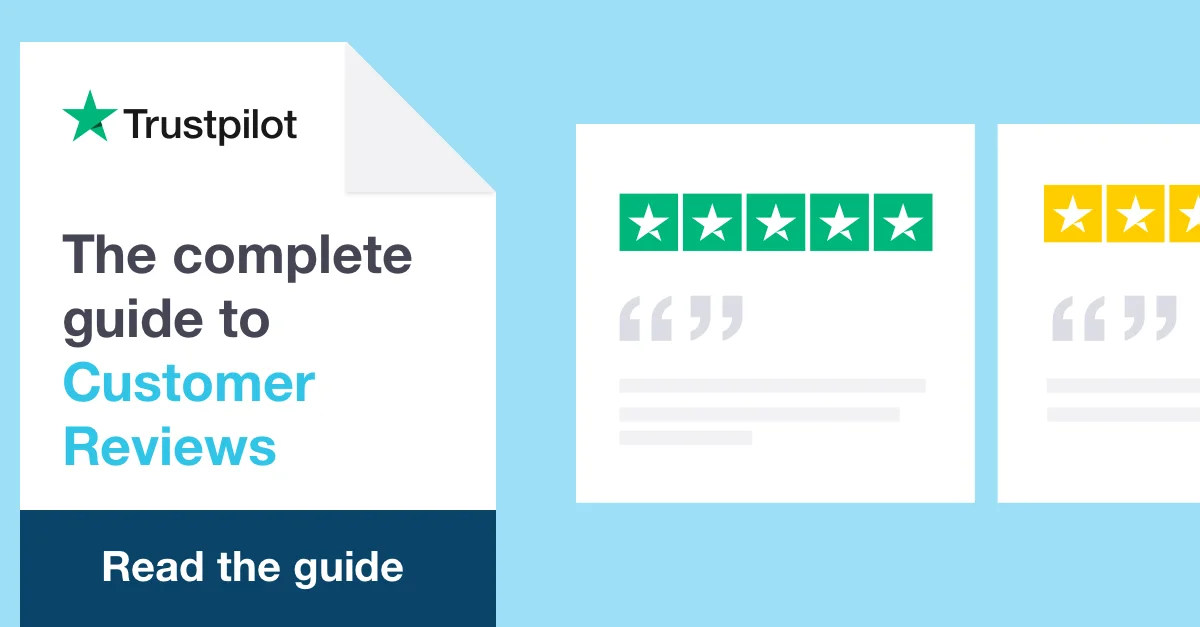
If you think that today’s online shoppers are afraid to buy high ticket items online, think again.
According to luxury retail experts McKinsey, online sales of personal luxury goods like watches, jewelry, apparel, beauty, and perfume are on track to more than triple by 2025. At that rate, it won’t be long before nearly one fifth of high ticket luxury purchases take place entirely online.
It almost goes without saying that life online plays a crucial role in the way luxury shoppers choose brands and products — whether it’s through Instagram feeds, influencers, articles in fashion magazines, or simply seeking the tried and true wisdom of their fellow online shoppers.
Per the same McKinsey insights, close to 80% of luxury sales are digitally influenced, presenting quite an opportunity for anyone selling high value items online to craft a trustworthy reputation across the many digital channels customers use to research purchases.
Wondering how to remove any lingering online barriers to high-ticket purchases? Read on for some high impact conversion optimization strategies, and a look at how our friends at Laguna Pearl used social proof to generate a 38% lift in their own high-ticket conversions.
Here are four strategies for igniting more high value conversions
1. Use social proof to build confidence in your future customers — and reduce cart abandonment
No matter how much online shopping your audience does, it’s safe to say that the more your products cost, the more trust you’ll need to instill in your site visitors before they’re ready to buy. And while we’d argue that your cross-channel marketing messaging should always instill trust, never forget that the most trusted messaging of all comes from fellow shoppers.
According to luxury retail experts at McKinsey, “Digital luxury is increasingly a customer-to-customer (C2C) economy. The consumer is central to the shopping journey, from advocacy to sales. Luxury consumers, highly engaged on social media, are evolving from paying observers of the show into actors on the stage. They are becoming, in effect, another marketing channel.”
We can confirm that today, more and more online shoppers rely on the experiences of other shoppers to make their buying decisions, with recent Trustpilot research uncovering that a whopping 82% of shoppers are more likely to purchase after reading ratings and reviews.
Laguna Pearl, an online luxury retailer selling high-end pearl jewelry, knows this firsthand. They partnered with Trustpilot back in 2013 to give customers a public forum to share their experiences with and opinions of their brand. Once they built up a critical mass of reviews, they made sure to display them across their website and on key shopping pages to help overcome customer hesitation in the moment of truth leading up to a high value purchase.
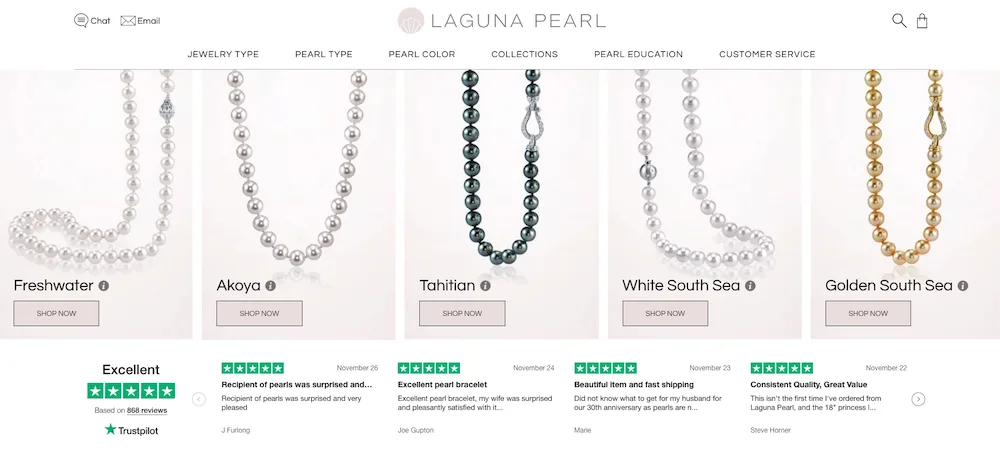
Within just 30 days of implementing Trustpilot reviews, Laguna Pearl saw a 38% increase in click-through rates to their site and a 9.5% decrease in cart abandonment. They also saw positive effects from including Trustpilot ratings in their paid advertising campaigns: earning Google Seller Ratings on their Google Ads increased their CTR by 8%, and including Trustpilot ratings in their Facebook ads increased their CTR by 9%.
Perhaps most impressively, of those that clicked-through, 5% went on to purchase at some point in the next 30 days — clearing the 3.3% benchmark for eCommerce sessions with completed transactions.
Leon Rbibo, President of Laguna Pearl (and sister company The Pearl Source), also cites their business profile pages on Trustpilot as a source of their success since Google searches for reviews of luxury brands and products have become so common. Thankfully, Trustpilot profile pages are likely to show up at the top of organic search results.
According to Rbibo, “with Trustpilot, we are already proving to potential customers that we are legitimate before they even land on our website. Companies can try to fill up their websites with as much content and information as possible, but at the end of the day, there will still be customers that require a certain amount of trust before they can finally make a purchase — especially with high value purchases like jewelry.”
2. Optimize the online shopping experience for luxury product conversions
On top of building more trust at the very top of the luxury shopping journey, there are a number of conversion-boosting levers to pull on your website itself. Put yourself in your customers’ shoes: spending large sums of money can be exciting but stressful for even the most experienced online luxury shoppers, so it’s important to consider UX principles that make it easy to convert.
One way to do this is to constrain their choices. Think about it this way — once an online shopper arrives at your product page, they’ve already made a complex series of decisions. Now is the time to reduce any further complexity on the path to conversion, and you can do this by providing clear and simple choices.
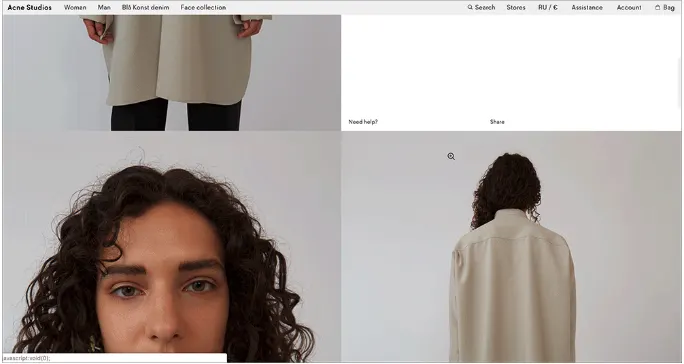
Consider page layouts that showcase product details at a large scale, or that remove the need to click through a carousel to get a sense of the product from all angles.
You can even use customer feedback from reviews to identify what matters to your customers and ensure it’s reflected in your UX. But how can you keep tabs on everything mentioned in your reviews?
Review tagging is a great way to keep tabs on trends within customer sentiments collected through Trustpilot. For example, if you sell jewelry online, customers might mention certain occasions or holidays where your products made great gifts. You might consider tagging those reviews by occasion, and eventually create a new section or landing page in your store highlighting that use case for trending occasions like our friends at Laguna Pearl:
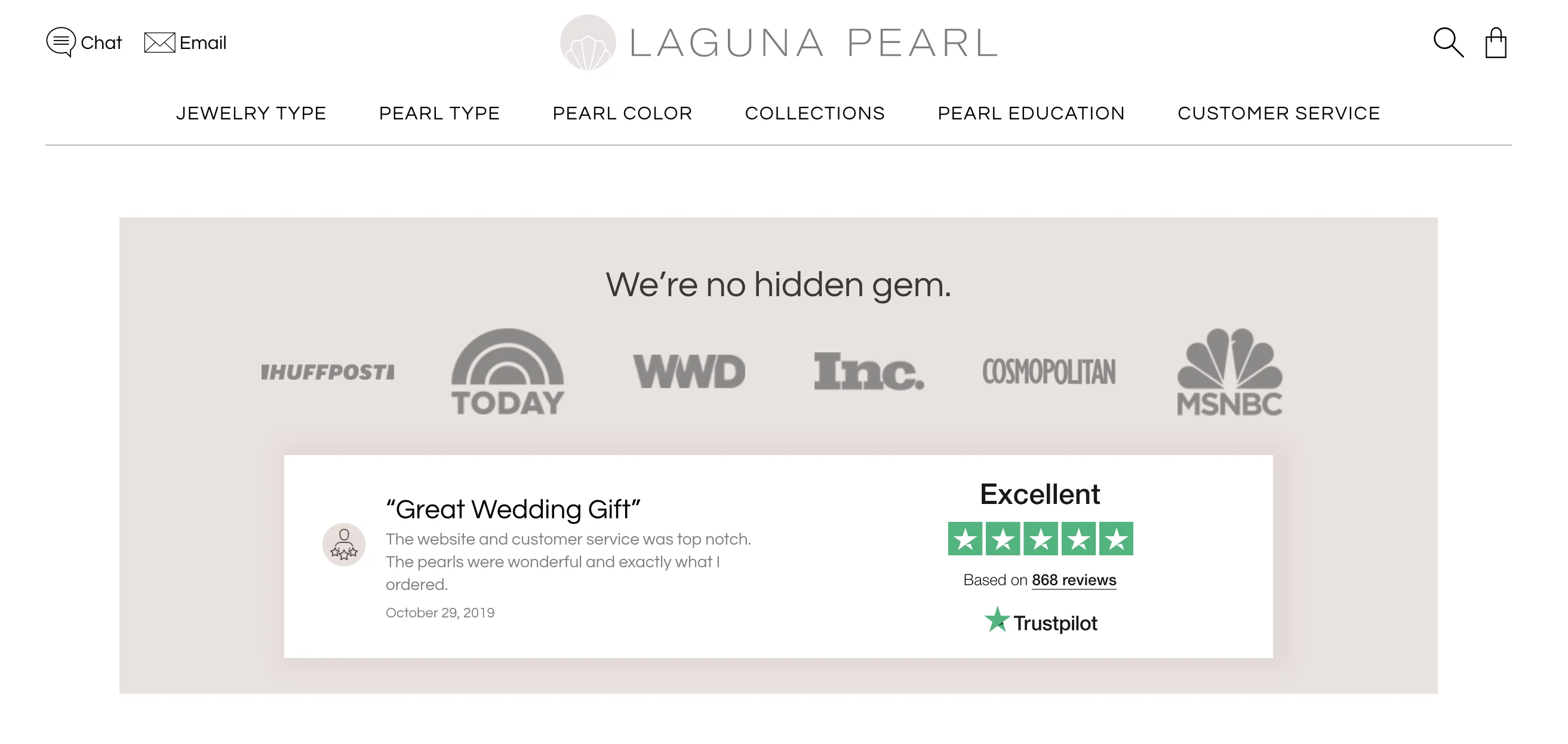
3. Soften the blow of spending
Psychologically speaking and perhaps unsurprisingly, our brains equate the act of spending to losing valuable resources — and this can have an even more pronounced effect when online shoppers aren’t able to closely inspect their purchase in real life.
Fortunately, you can soften the blow of spending by reframing the way you present prices. Simply removing the currency symbol or the remaining decimal pages from any prices listed on your product pages can be a huge help. You can also consider payment services that allow customers to “buy now, pay later”, or other options for customers to incrementally pay off their luxury purchase.
As it turns out, dividing up a large expense into smaller amounts minimizes the perceived loss customers experience when they shell out everything at once. In fact, empowering them to pay little by little can pay off for luxury online retailers with an astronomical effect on average order value.
4. Use reviews to offer personalized content across the shopping journey and enable customer participation
Getting closer to your customers through online channels reviews can create a virtuous cycle of not only operational improvements, but delightful experiences and a sense of what McKinsey calls “customer intimacy”.
While it might seem counterintuitive to use artificial intelligence tools like Trustpilot’s Review Insights to develop a deeper human connection with customers, online luxury brands can strike gold by using consumer insights technology to get as close to their customers as they were in the days of strictly brick and mortar transactions.
Just as Louis Vuitton famously hand-wrote personalized product suggestions to customers in the early days of luxury retail, brands today can approximate that level of insight and closeness by monitoring their review insights and actioning the feedback through both their product offerings and their marketing materials, even using trends in their review insights for advanced customer segmentation.
As far as customer intimacy goes, front runners in online luxury retail are also looking to customers for opportunities to co-create. According to customer engagement experts at Deloitte, “many brands and marketers need to evolve their approach and create a dynamic two-way engagement across all stages of the consumer journey and the product lifecycle. Those doing it best are often seeing willing customer participants become brand ambassadors, influencers, advocates, collaborators, and even innovators.”
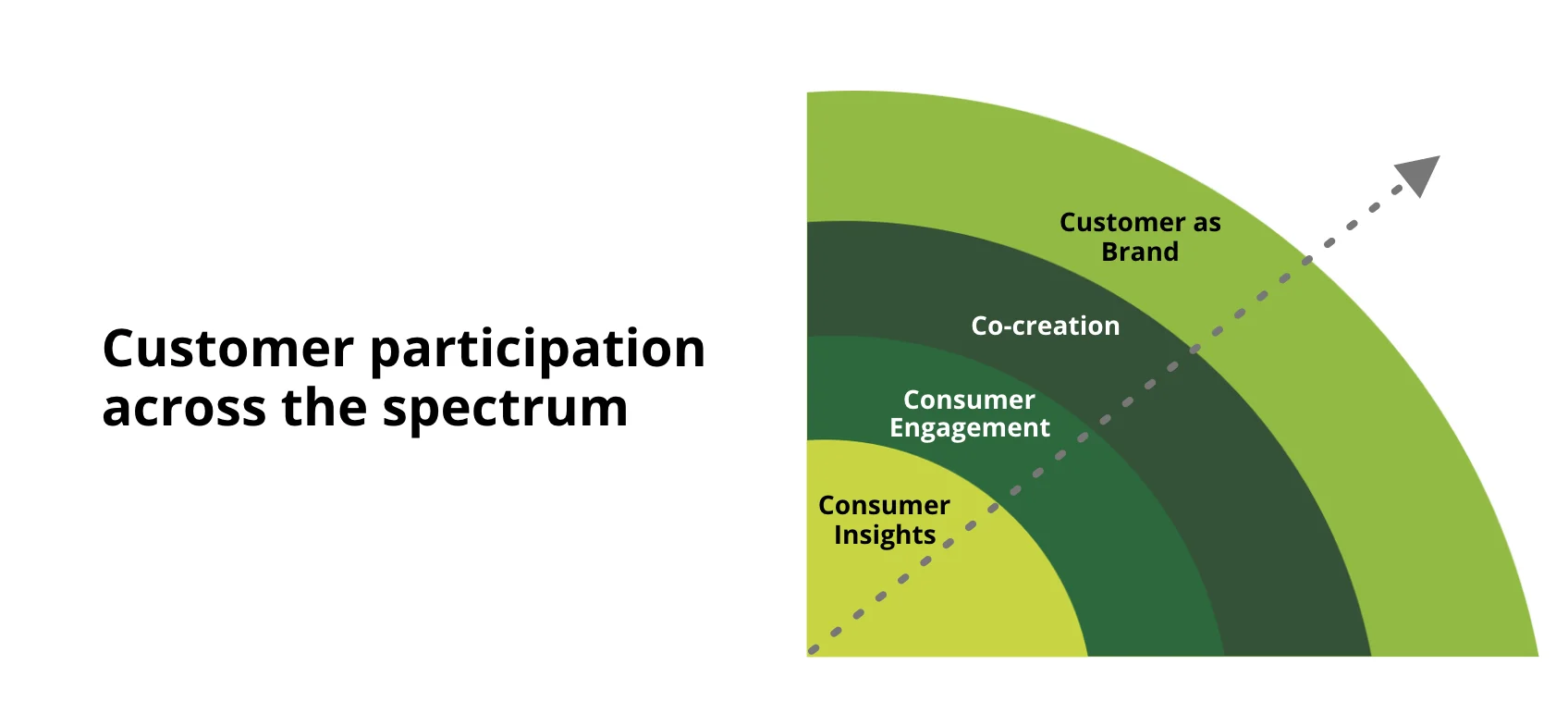
Image courtesy of Deloitte
As far as we’re concerned, creating a feedback loop with your customers is the first step towards zeroing in on the type of valuable consumer insights that have the potential to evolve into co-creation.
Simply by collecting reviews, online luxury retailers can harness customer recommendations to offer the most resonant luxury products, roll out personalized customer experiences, and even unlock opportunities for customers to participate in brand-building.
Start using social proof to sell more luxury products online
According to McKinsey, the answer to whether today’s luxury brands are adapting fast enough to the highly digital customer journey is mixed. While a good number of luxury retailers have increased their spend on digital activities, the majority are incrementally dabbling in these kinds of activities and struggling to keep pace with online luxury shoppers’ expectations.
Though more and more luxury retailers are starting to meet their customers where they are — online — you can still get ahead of the curve by opening a dialogue with your customers through online reviews.
To sum it all up, collecting reviews about your luxury brand and products can help you build more trust at the top of the shopping journey, reduce cart abandonment, improve your online shopping experience, and even improve the overall experience that customers have with your brand. Taken together, these factors can quickly move the needle for high value conversions.
Want to learn more about the many ways luxury brands can benefit from collecting reviews? Get your free copy of The Complete Guide to Customer Reviews below.
